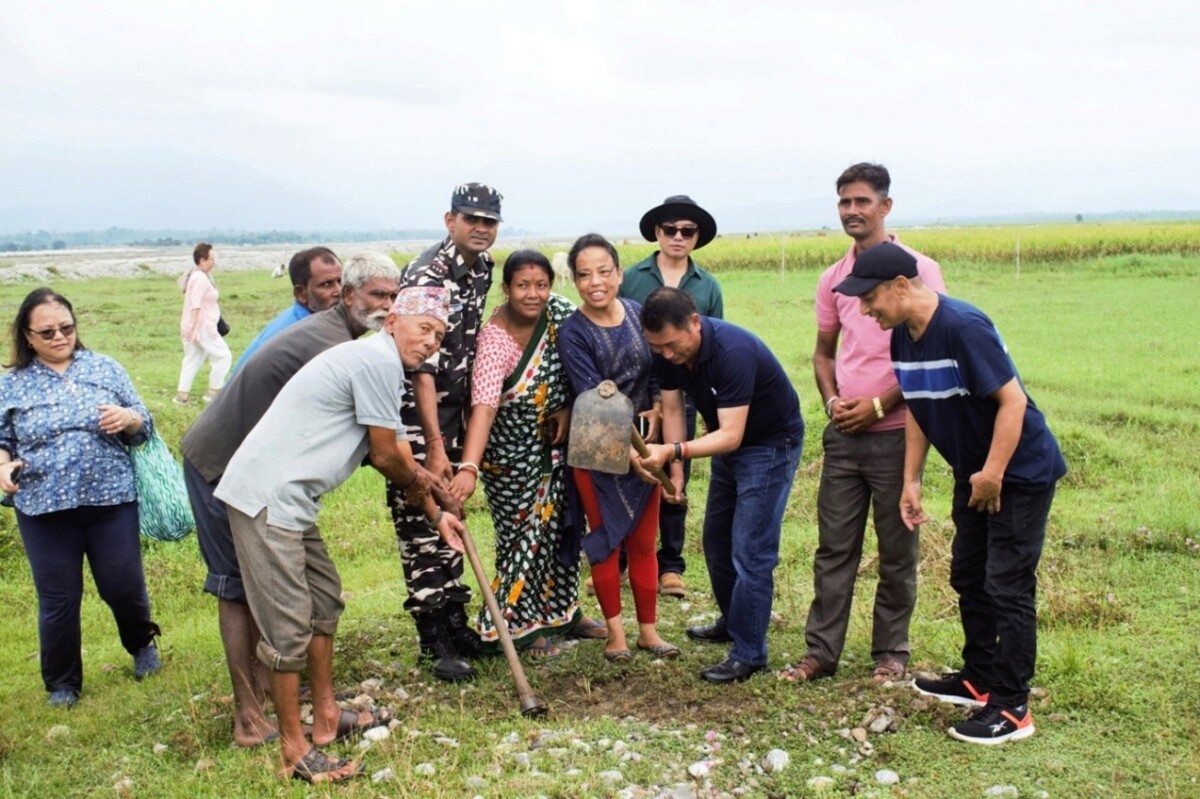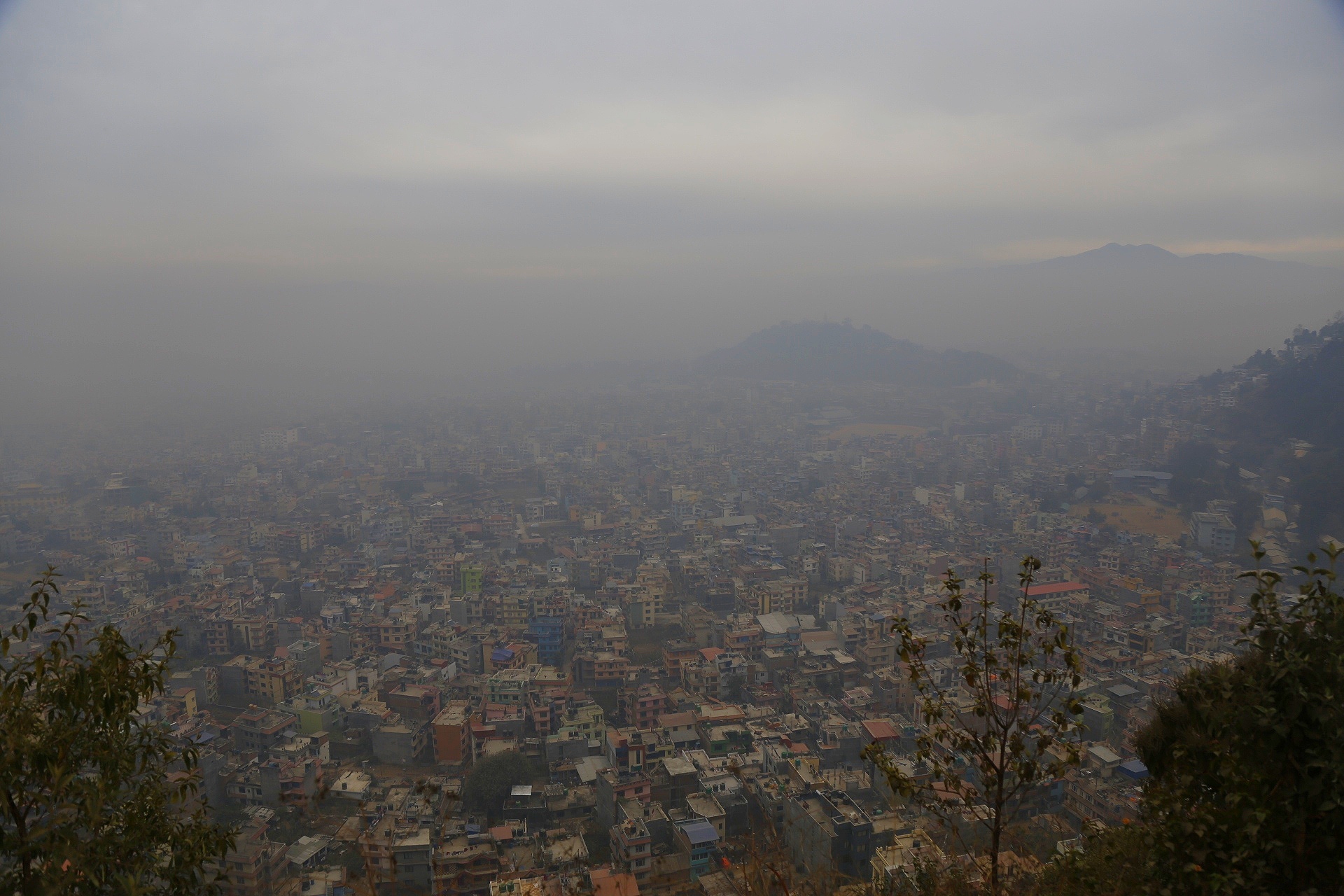
POLLUTION
By IANS
3 days ago
TWC India
Study Warns of Air Pollution Posing Grave Threat to Sundarbans; Old Boat Motors Identified as Major Source

Mangrove forest.
(David Burdick/NOAA)
A recent study conducted by environmental scientists from the Bose Institute, Kolkata, and the Indian Institute of Technology (IIT), Kanpur, has shed light on the grave threat of air pollution to the Sundarbans, a vital mangrove ecosystem in West Bengal.
Titled “Acidity and oxidative potential of atmospheric aerosols over a remote mangrove ecosystem during the advection of anthropogenic plumes,” the study highlights the influx of pollutants, particularly enriched with black carbon or soot particles, from Kolkata metropolis and the wider Indo-Gangetic Plain region. These pollutants are severely compromising the air quality of the Sundarbans, thereby endangering its ecosystem.
The study identifies old motors in local boats as a significant source of heavy toxic metals in the air. Dr. Abhinandan Ghosh from IIT Kanpur, one of the study’s authors, attributes this issue to the economic constraints faced by the residents of the Sundarbans, who rely on solid fuels like firewood or dung due to limited access to cleaner alternatives such as liquid piped gas. He also highlights the prevalent use of kerosene lamps for domestic lighting and the dependence on diesel-driven boats for inter-island transport as contributing factors to air pollution in the region.
Advertisement
Professor Abhijit Chatterjee from the Bose Institute emphasises the urgent need to address the impact of transported and regionally emitted air pollutants on the Sundarbans’ ecology and biogeochemistry. The study has proposed a comprehensive set of recommendations to mitigate air pollution and safeguard the Sundarbans’ ecosystem. These include promoting solar and wind energy, transitioning to electric transportation, subsidising LPG, regulating tourism, banning diesel generators and toxic shipments, shutting down pollutant factories, regulating brick kilns and land use, and strengthening coastal regulations.
In conclusion, the study underscores the critical importance of addressing air pollution to preserve the Sundarbans, urging policymakers to prioritise immediate action to protect this invaluable ecosystem.
**
The above article has been published from a wire agency with minimal modifications to the headline and text.
SDGs, Targets, and Indicators
1. Which SDGs are addressed or connected to the issues highlighted in the article?
- SDG 3: Good Health and Well-being
- SDG 7: Affordable and Clean Energy
- SDG 11: Sustainable Cities and Communities
- SDG 13: Climate Action
- SDG 14: Life Below Water
- SDG 15: Life on Land
The article discusses the issue of air pollution in the Sundarbans, a vital mangrove ecosystem in West Bengal. This connects to SDG 3, as air pollution can have detrimental effects on human health and well-being. It also relates to SDG 7, as the article mentions the need for cleaner alternatives such as electric transportation and subsidizing LPG to address the air pollution issue. Additionally, the article highlights the importance of preserving the Sundarbans’ ecosystem, which aligns with SDG 11, SDG 13, SDG 14, and SDG 15.
2. What specific targets under those SDGs can be identified based on the article’s content?
- Target 3.9: By 2030, substantially reduce the number of deaths and illnesses from hazardous chemicals and air, water, and soil pollution and contamination.
- Target 7.2: By 2030, increase substantially the share of renewable energy in the global energy mix.
- Target 11.6: By 2030, reduce the adverse per capita environmental impact of cities, including by paying special attention to air quality and municipal and other waste management.
- Target 13.1: Strengthen resilience and adaptive capacity to climate-related hazards and natural disasters in all countries.
- Target 14.1: By 2025, prevent and significantly reduce marine pollution of all kinds, in particular from land-based activities, including marine debris and nutrient pollution.
- Target 15.1: By 2020, ensure the conservation, restoration, and sustainable use of terrestrial and inland freshwater ecosystems and their services, in particular forests, wetlands, mountains, and drylands, in line with obligations under international agreements.
The article’s content suggests the need to achieve these targets to address the issues related to air pollution in the Sundarbans. These targets focus on reducing deaths and illnesses from pollution, increasing renewable energy use, improving air quality in cities, building resilience to climate-related hazards, preventing marine pollution, and conserving ecosystems.
3. Are there any indicators mentioned or implied in the article that can be used to measure progress towards the identified targets?
- Indicator for Target 3.9: Number of deaths and illnesses attributed to air pollution.
- Indicator for Target 7.2: Share of renewable energy in the energy mix of the Sundarbans region.
- Indicator for Target 11.6: Air quality index or concentration of pollutants in the Sundarbans region.
- Indicator for Target 13.1: Resilience measures implemented in the Sundarbans region to address climate-related hazards.
- Indicator for Target 14.1: Levels of marine pollution in the Sundarbans region.
- Indicator for Target 15.1: Conservation and restoration efforts in the Sundarbans region, including forest cover and wetland health.
The article does not explicitly mention these indicators, but they can be used to measure progress towards the identified targets. These indicators would provide quantitative data to assess the impact of interventions and track improvements in air quality, renewable energy use, resilience to climate-related hazards, marine pollution prevention, and ecosystem conservation in the Sundarbans region.
SDGs, Targets, and Indicators
| SDGs | Targets | Indicators |
|---|---|---|
| SDG 3: Good Health and Well-being | Target 3.9: By 2030, substantially reduce the number of deaths and illnesses from hazardous chemicals and air, water, and soil pollution and contamination. | Number of deaths and illnesses attributed to air pollution. |
| SDG 7: Affordable and Clean Energy | Target 7.2: By 2030, increase substantially the share of renewable energy in the global energy mix. | Share of renewable energy in the energy mix of the Sundarbans region. |
| SDG 11: Sustainable Cities and Communities | Target 11.6: By 2030, reduce the adverse per capita environmental impact of cities, including by paying special attention to air quality and municipal and other waste management. | Air quality index or concentration of pollutants in the Sundarbans region. |
| SDG 13: Climate Action | Target 13.1: Strengthen resilience and adaptive capacity to climate-related hazards and natural disasters in all countries. | Resilience measures implemented in the Sundarbans region to address climate-related hazards. |
| SDG 14: Life Below Water | Target 14.1: By 2025, prevent and significantly reduce marine pollution of all kinds, in particular from land-based activities, including marine debris and nutrient pollution. | Levels of marine pollution in the Sundarbans region. |
| SDG 15: Life on Land | Target 15.1: By 2020, ensure the conservation, restoration, and sustainable use of terrestrial and inland freshwater ecosystems and their services, in particular forests, wetlands, mountains, and drylands, in line with obligations under international agreements. | Conservation and restoration efforts in the Sundarbans region, including forest cover and wetland health. |
Copyright: Dive into this article, curated with care by SDG Investors Inc. Our advanced AI technology searches through vast amounts of data to spotlight how we are all moving forward with the Sustainable Development Goals. While we own the rights to this content, we invite you to share it to help spread knowledge and spark action on the SDGs.
Fuente: weather.com

Join us, as fellow seekers of change, on a transformative journey at https://sdgtalks.ai/welcome, where you can become a member and actively contribute to shaping a brighter future.






